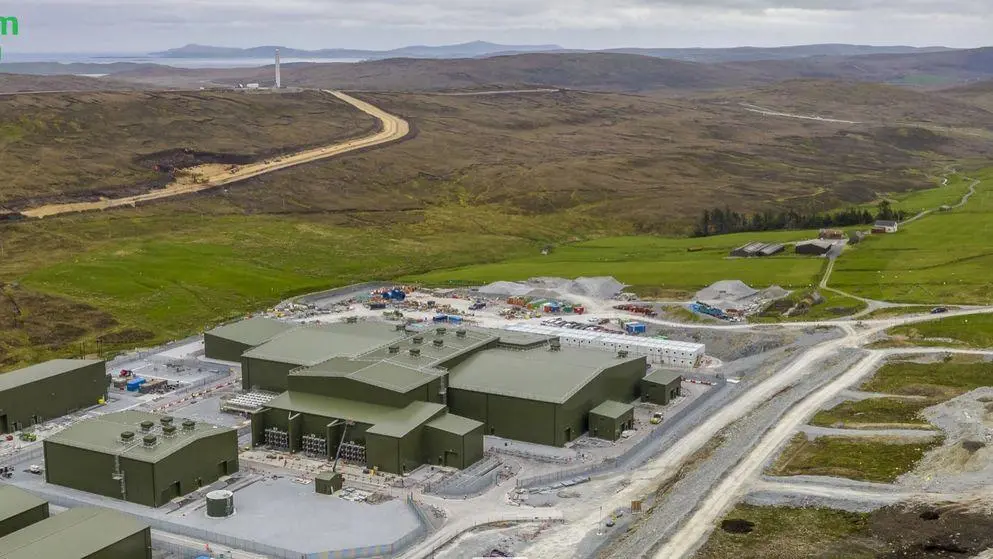
Eastern Green Link 2 (EGL2), a joint venture between SSEN Transmission and National Grid Electricity Transmission (NGET), has reached another milestone in the development of a new subsea electricity superhighway after sealing contracts with BAM and Hitachi Energy to supply and build converter stations at either end of the subsea cable.
EGL2 will see the creation of a 525kV, 2GW HVDC subsea transmission cable from Peterhead in Scotland to Drax in England. The longest HVDC cable in the UK and the UK’s single largest electricity transmission project ever, transporting enough electricity to power two million UK homes.
BAM is working closely with Hitachi energy to provide the engineering works and technology for the HVDC converter stations, which form the terminals for the HVDC cable and convert direct current to the alternating current used in the onshore transmission network.
This latest milestone is another significant step as the project moves towards delivery and, following final approval from Ofgem, work is expected to commence later this year, with a targeted operational date of 2029.
The subsea HVDC cable system is approximately 436km in length with new converter stations at either end to connect it to the existing transmission network infrastructure. HVDC technology provides the most efficient and reliable means of transmitting large amounts of power over long distances subsea.
EGL2 is part of the significant amount of new network infrastructure required for net zero and will play a critical role in supporting the UK’s future security of supply, reducing dependence and price exposure to volatile global wholesale gas markets.
SSEN Transmission’s Ricky Saez, the EGL2 Project Director, said: ‘Getting the contract signed with Hitachi Energy and BAM for delivery of the convertor stations is another big step in delivering EGL2. The converter stations at either end of the cable will play a crucial role in making the power transported subsea suitable for transportation around the onshore transmission network and getting Hitachi Energy and BAM – who have a great track record in delivering infrastructure like this – in place to deliver that technology is great for the project. Signing this £1.6 billion cable contract with Prysmian is a hugely important step too, particularly given global supply chain constraints in HVDC cabling.
“The cable they provide will transport massive amounts of renewable energy from where it is being generated to where it will be used, and having signed the contract, we can look at starting to deliver this project later in the year.”
Neil Lyons, Project Director for National Grid said: ‘Signing contracts with Hitachi Energy, BAM, and Prysmian marks another important milestone for the EGL2 project and our supply chain as we begin to deliver the largest electricity transmission project in the UK. We look forward to working with them closely as this vital new network infrastructure progresses.’
Niklas Persson, Managing Director at Hitachi Energy’s Grid Integration business, said: ‘The UK’s Net Zero Strategy has ambitious targets which will require vast amounts of new renewable generation. Electricity will be the backbone of the entire energy system,” said Niklas Persson, Managing Director at Hitachi Energy’s Grid Integration business. “Our pioneering HVDC technology will ensure that this electricity will reliably and efficiently get where it’s needed most.




